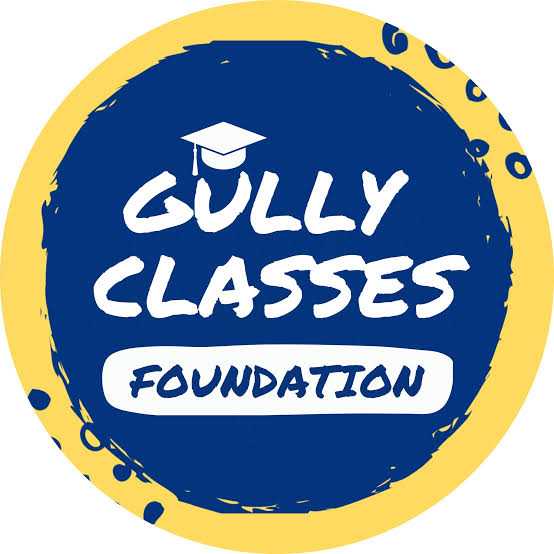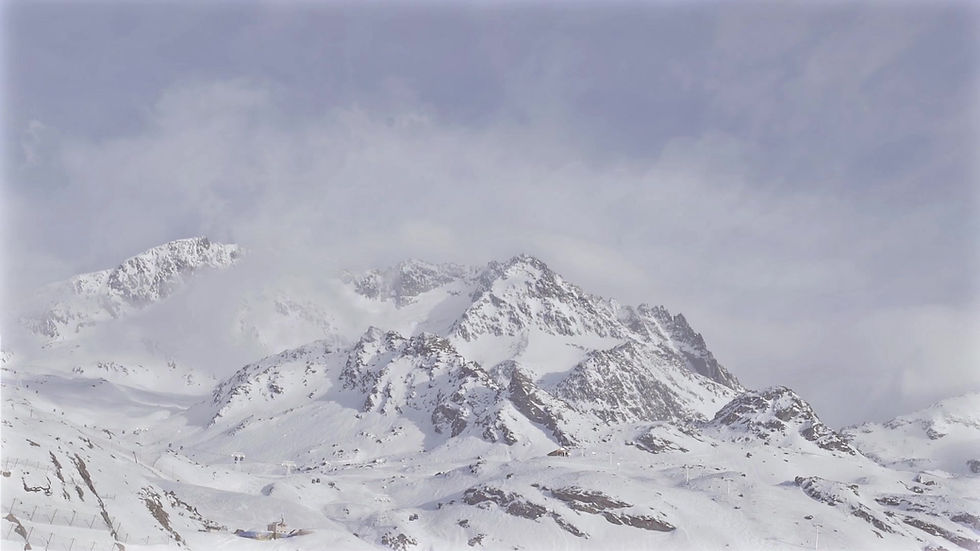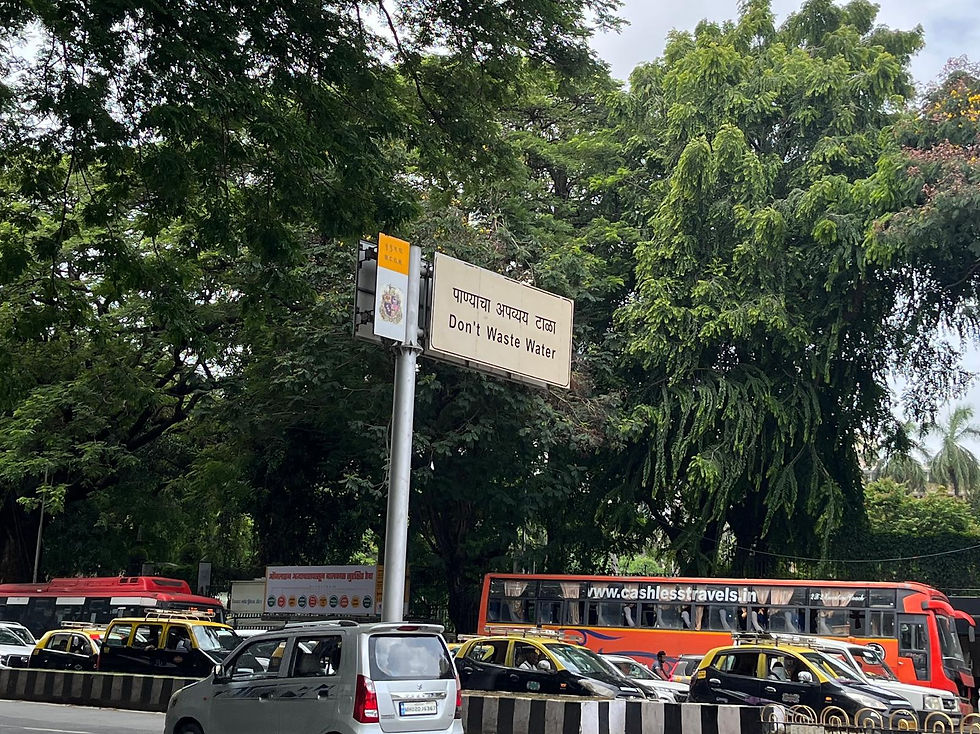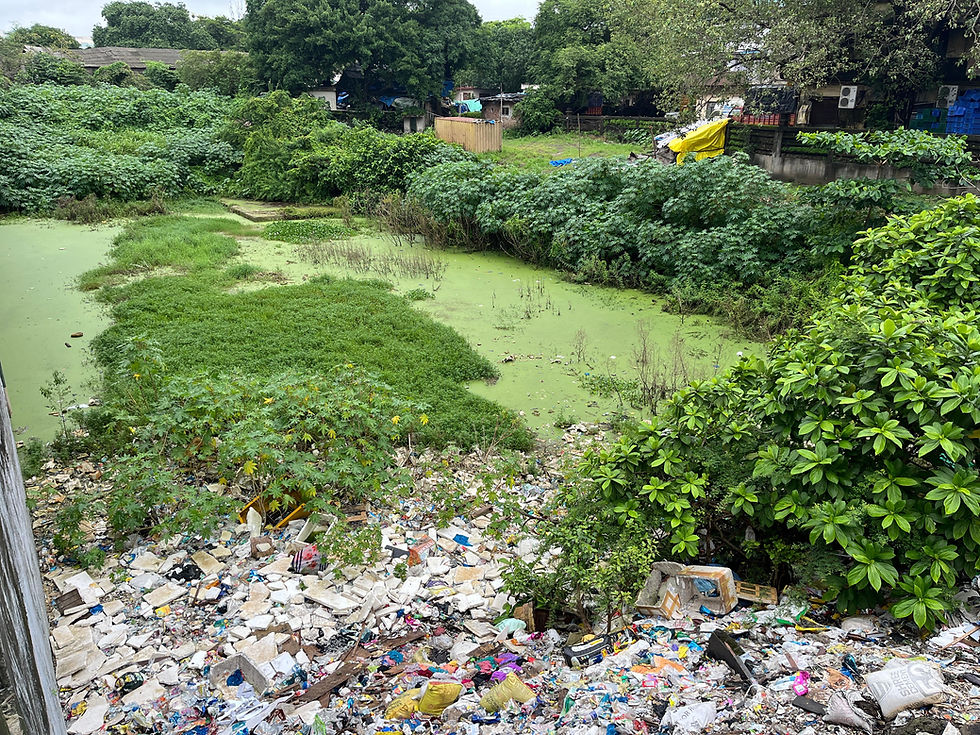From Trash to Treasure – Upcycling and Reusing Materials Creatively
- Gully Classes Foundation

- Aug 3
- 3 min read
Welcome back to my little blog series. This week marks my fourth entry, and I would like to discuss the opportunities that trash can represent. It might sound counterintuitive at first, so let me explain. I think most tourists, including me, have heard about Mumbai’s famous informal recycling industry in the Dharavi area. This slum is, of course, also famous for Danny Boyle’s Oscar-winning drama “Slumdog Millionaire”. This area of just above 2 square kilometers, in which around one million people live in mostly informal housing, 50 to 80 percent of Mumbai’s dry waste is handled, and nearly 600 tonnes of waste pass through its system every day. Awe-inspiring numbers by any standards. It is a major employment generator and also a considerable economic factor for the city of Mumbai. In Dharavi, waste is mostly recycled - a process that is often defined as collecting and processing waste materials to create new products, reducing the need for raw resources and minimizing environmental impact.

Something that I would like to direct more attention to with this blog article is the concept of Upcycling. The definition - transforming waste materials, by-products, or unwanted products into new materials or items of higher quality or value than the original - is, in parts, similar, but has a caveat. Recycling converts waste into raw materials for new products, while upcycling transforms waste into items of higher value without breaking them down completely. For many in informal settlements, upcycling is not just an environmental solution, but also a path to income, skill development, and community pride. NGOs and grassroots initiatives often train locals in creative reuse, creating value while addressing waste. Upcycling is also something that the Gully Classes Foundation actively engages in. In June, GCF launched an initiative to create something new from one of the most commonly littered items: plastic bottle caps. From Trash to Treasure – Upcycling and Reusing Materials Creatively. Plastic bottle caps are often littered because they are small, easy to lose, and frequently discarded separately from the bottle. In my home country, Germany, being part of the European Union, plastic beverage containers have tethered caps since 2024, ensuring they stay attached and are disposed of together. In June’s initiative with WhatPackaging, plastic bottle caps were transformed into keychains. And there are many other ways of upcycling. But why should you consider upcycling and not just recycling? While recycling often involves breaking down materials through energy-intensive processes, upcycling preserves more of the original item’s value and structure, requiring less energy and producing fewer emissions. It also helps prevent the downcycling of materials, where quality is lost in each recycling cycle. Upcycling encourages creativity, supports local and small-scale initiatives, and extends the life of products by transforming them into items of higher value or utility. This makes it a more sustainable and resource-efficient approach in many cases. Now, what are some other easy upcycling opportunities? Something that is unfortunately omnipresent in the cityscape of Mumbai is not just the caps of plastic bottles but also the bottles themselves. But they can actually be repurposed into a lot of things, like flower pots, hanging lamps, or storage containers. Next, everyone faces the question of what to do with worn-out fabrics at one point. Old saris, jeans, and t-shirts can be turned into bags, quilts, cushion covers, or pouches, while harnessing local tailoring skills. And lastly, glass bottles can be cut and painted to turn them, e.g., into a tea light holder. The possibilities are endless and it’s all up to your imagination. Just always make sure to clean the waste materials properly and use good tools to ensure a quality outcome. In a city where waste is everywhere, it takes vision to see it as potential. Whether you’re a visitor, a local, or simply someone who cares, think twice before throwing something away - you might just be discarding your next creative project.






Comments